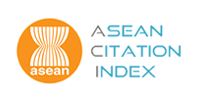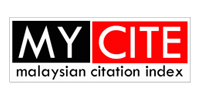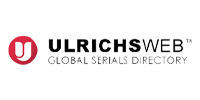Formation of Gold Bone Nanorods shape using copper as foreign metal ion
DOI:
https://doi.org/10.58915/ijneam.v17i4.1297Keywords:
Localized surface plasmon resonance, Gold bone nanorods, Gold nanorods, Seed mediated growth method, Growth timeAbstract
In this study, copper (Cu) is introduced as a foreign metal ion replacing platinum by modifying the recipe of GNBPs and the final structure obtained is gold bone nanorods (GBNRs). The aspect ratio and surface density of GBNRs were investigated by varying the growth time during the growth process from 30 minutes to 5 hours. It was found that the growth solution has been changed from colourless to light blue and violet colour with increasing growth time, indicating the formation of GBNRs. The UV-Vis analysis shows two resonance plasmon peaks for t-SPR and l-SPR at 583 nm and 766 nm with the intensity of 1.433 a.u and 2.236 a.u at the optimum 5 hours growth time. For morphological analysis, it was found that the sample with lower growth time produced gold nanosphere shapes and with increasing time, more GBNRs with large aspect ratios were produced. HR-TEM characterization reveals that bone nanorods are formed due to the influence of Cu foreign metal ions, which cause selective deposition of Au atoms onto {111} facet of gold nanorods, while simultaneously reducing the overgrowth rate of the {110} facet for the edge regions and the {100} facet for the tip regions of the nanorods. In addition, the influence of Cu foreign metal ions on the growth mechanism of Au nanoseeds into nanorods and the shape transformation of nanorods into bone nanorods are also discussed in this work. In conclusion, the GBNRs have been successfully synthesized using SMGM by induced Cu as foreign metal ions.

















